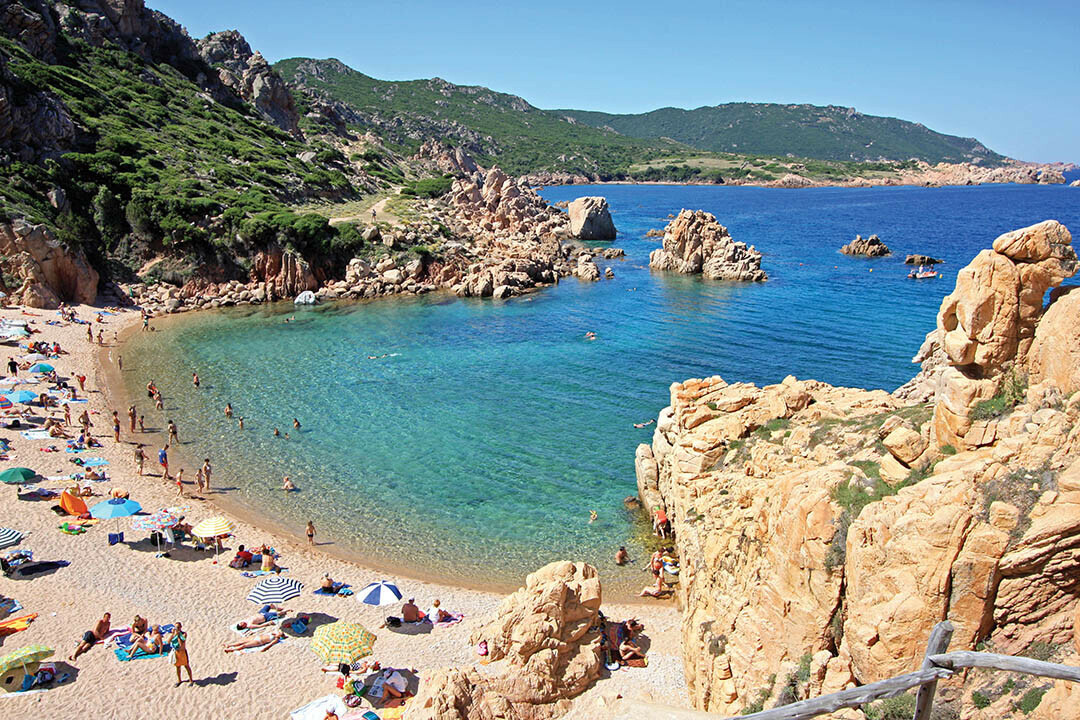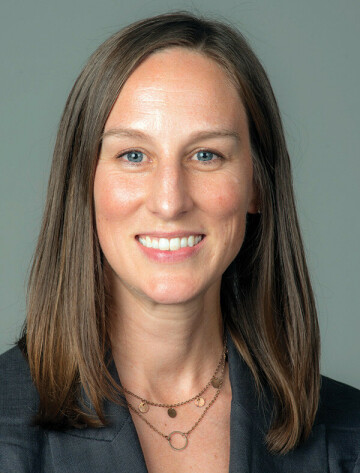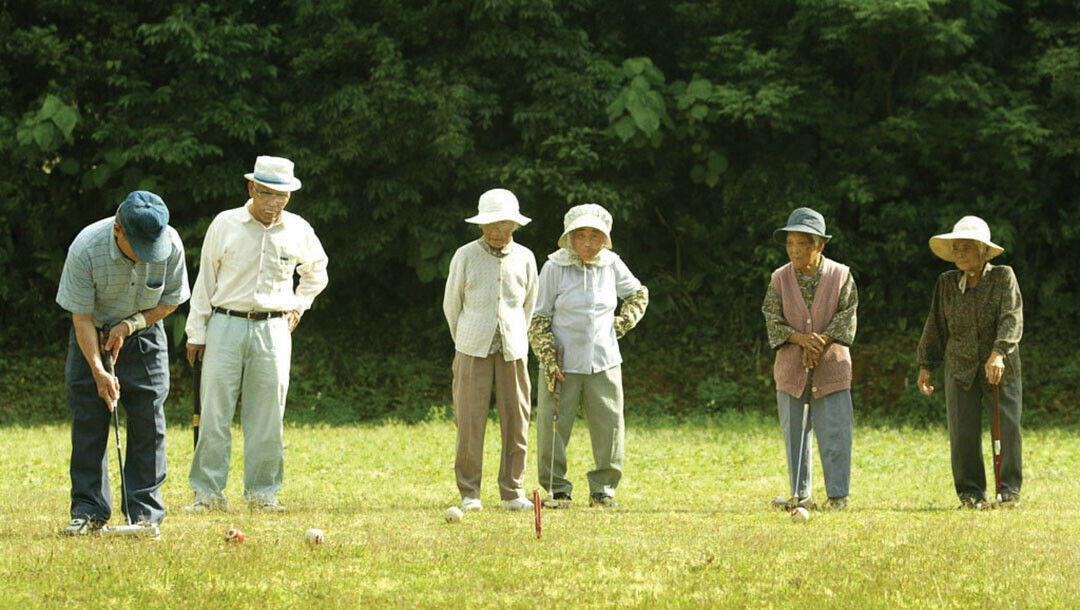Exploring the ‘Blue Zones’
UWEC course examines lessons in longevity that can improve your life, whatever your age

In case you’ve never encountered the term before, the concept of “blue zones” has nothing to do with blues music or getting the blues. It’s a term coined by journalist and best-selling author Dan Buettner, who has extensively explored and promoted these “longevity hotspots” – places where people are more likely to live longer, healthier lives than elsewhere in the world.
What began as an exploratory project in 2004 has turned into a cottage industry, and Buettner has penned several books on the subject, hosted a Netflix series called Live to 100, and created an organization, also called Blue Zones, that consults with communities, organizations, and businesses.
The “blue zones” – so named, because early researchers marked them on a map with blue ink – he identified are Okinawa, Japan; Sardinia, Italy; Loma Linda, California; Ikaria, Greece; and the Nicoya Peninsula, Costa Rica.

“What they looked at specifically, was not just how long they were living but how well they were living,” Caitlin Suginaka, a UW-Eau Claire lecturer with a background in public health, says of the research. “They were aging with vitality. Not just getting old and sitting around, but living really vibrant lives: gardening, watching grandkids, having large groups of friends, making dinners. They were actively engaged in life for longer in their lives.”
Suginaka’s interest in the blue zones led her to create an Honors Program course on the topic, which she is teaching for the second time this semester. Suginaka, who holds a master’s degree in public health from Des Moines University and is pursuing a doctorate from Tulane University, said her professional focus has always been on chronic disease prevention through wellness. And that’s why Buettner’s original book, The Blue Zones, appealed to her when she encountered it a few years ago.
Buettner’s work relied on a multidisciplinary team – journalists, nutritionists, academics – deployed around the world to study spots that proceed a disproportionate share of centenarians. “They looked for similarities among these different groups of people living in these regions to see what was giving them such long lives,” Suginaka says.
“They were aging with vitality. Not just getting old and sitting around, but living really vibrant lives: gardening, watching grandkids, having large groups of friends, making dinners. They were actively engaged in life for longer in their lives.”
Buettner identified nine commonalities – dubbed the Power 9 – shared by the five blue zones, all of which offer longevity lessons, whether we’re college students or senior citizens:
MOVING NATURALLY. Rather than sweating away at the gym, longer-lived people in these places are more likely to move as part of their everyday lives – gardening or playing with children, for example.
LIVING WITH PURPOSE. Knowing that you are providing something unique to the world is vital. Whether it’s caring for family or tending that garden, these folks have a defined reason to get out of bed in the morning. In Costa Rica, it’s called “plan de vida,” or “life plan.”
DOWNSHIFTING. While people in the blue zones experience stress like the rest of us, they have daily routines to deal with it, whether by prayer, meditation, napping, or even socializing at a happy hour!
THE 80% RULE. Rather than eating until they’re full, these folks are more likely to eat until they’re about 80% satiated. Research has found that such calorie restriction lowers body mass index (BMI) and may even increase lifespan and stave off dementia.
EAT PLANTS. The Blue Zones organization dubbed this the “Plant Slant” – the diets in many centenarian-heavy places are largely plant-based and filled with locally grown food.
TIME FOR WINE. With the exception of the teetotaling Seventh-Day Adventists in Loma Linda, residents in four of the blue zones are regular – though moderate – wine drinkers. (Suginaka says she explains to her students that the emphasis isn’t on drinking a lot of alcohol, but on moderation and fellowship.)
BELONGING. Nearly all centenarians interviewed as part of the project were part of a faith community. No matter the faith, regular attendance has been tied to longer lifespans.
FAMILY FIRST. Putting loved ones first – such as by having elders living in multigenerational households – is also correlated with increased longevity. This mentality also includes long-term commitments to partners and caring for children, who also benefit from better health.
“RIGHT TRIBE.” People in the blue zones are more likely to form strong social circles who help encourage healthy behaviors. “It’s much easier to adopt good habits when everyone around you is already practicing them,” Buettner writes.

While Suginaka notes that Buettner’s work is largely journalistic in nature – emphasizing personal stories and commonalities – research science suggest these factors support each other when longevity is concerned. “There’s not one process you undertake,” she says. “They all work together in synergy to create this strategy for wellness that results in longer lives lived with more vitality.”
Suginaka says she’s gotten positive feedback on the class from her students, for whom the class offers something different amid their busy lives. The students pick a project based on one of the blue zones concepts, ranging from getting better sleep to learning to cook with vegetables and fruit.
By exposing young people to these ideas now, Suginaka hopes they build patterns of habits that can help them lead better lives in the long term. And Suginaka is pleased that for every one of the principles on the list, there are resources and strategies right here in the Chippewa Valley that people – no matter their age – can plug into, from getting mindful movement in a community garden to eating a more plant-filled diet thanks to a farmers market.
“It’s not about changing everything about who you are and creating a whole new life plan,” she says. “It’s about these small, incremental habits that you build up over time, that you could start at any time, to create a more vital existence that’s focused on wellness.”
Learn more about the Blue Zones at bluezones.com.


